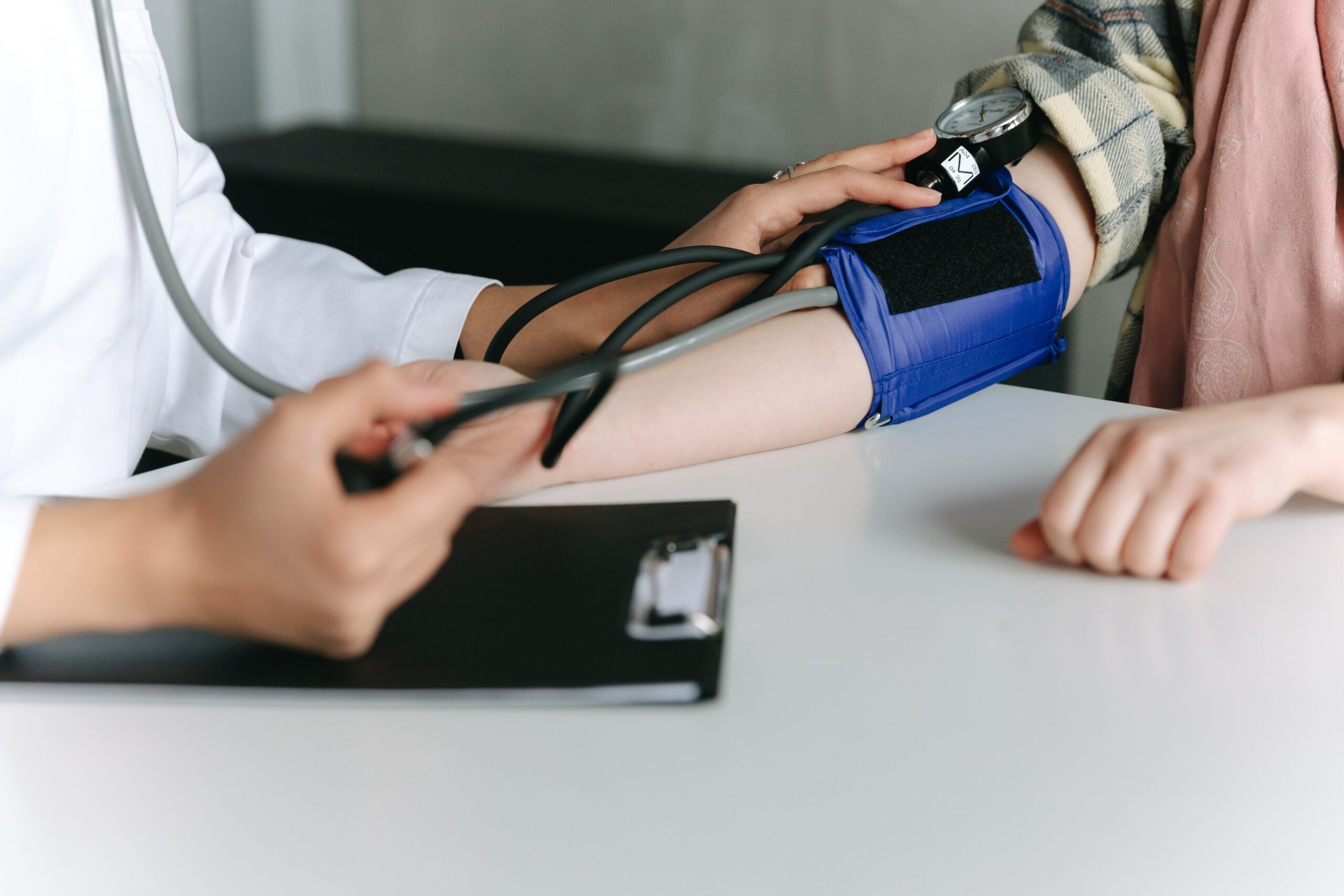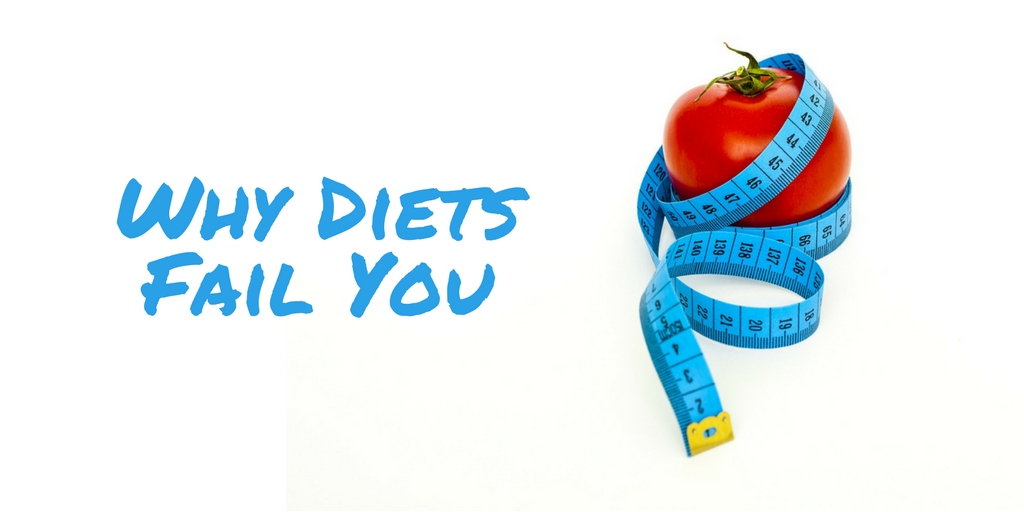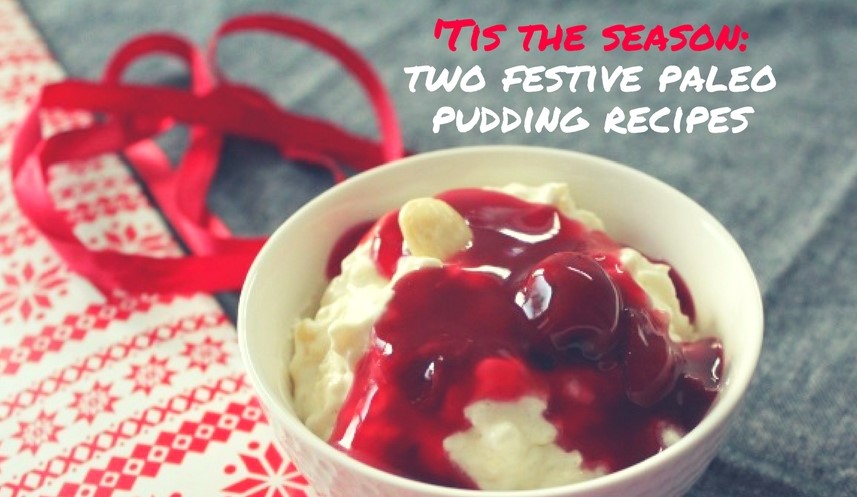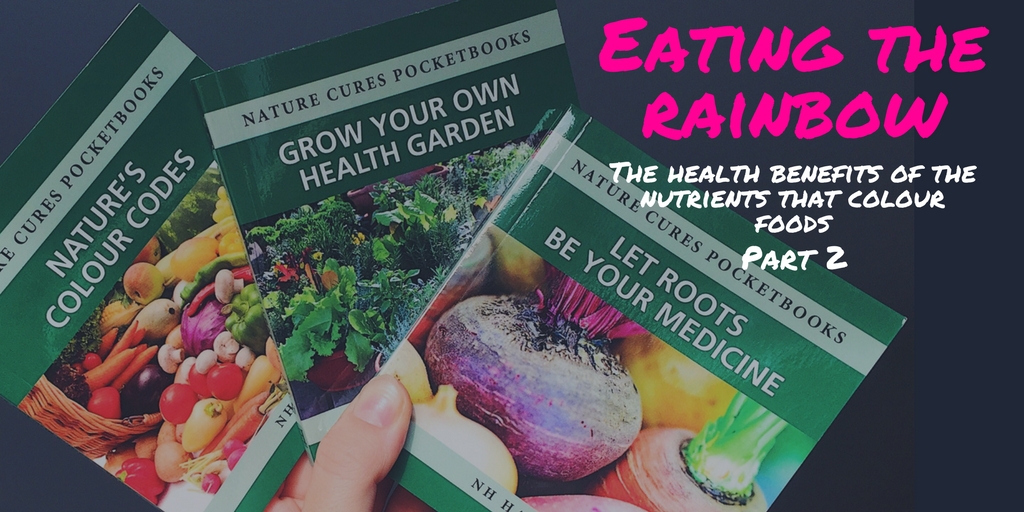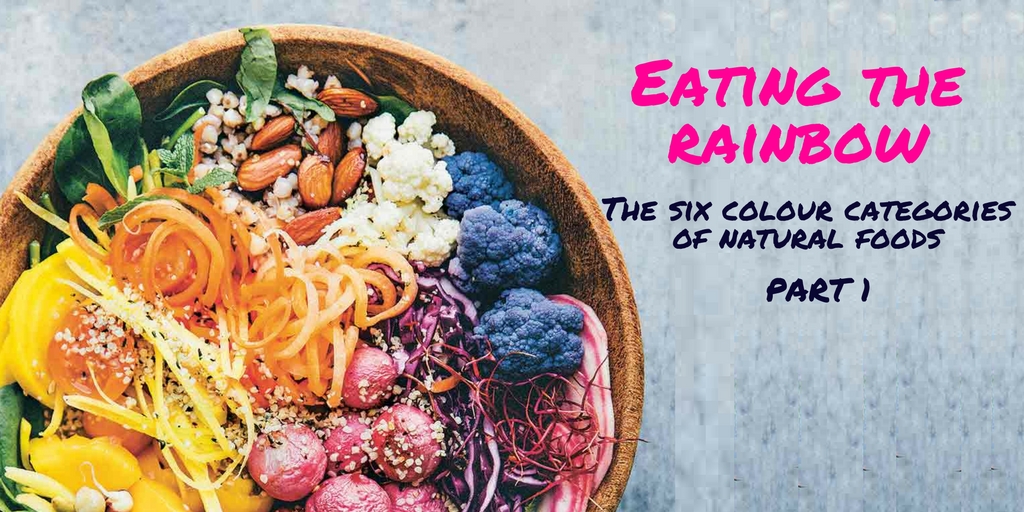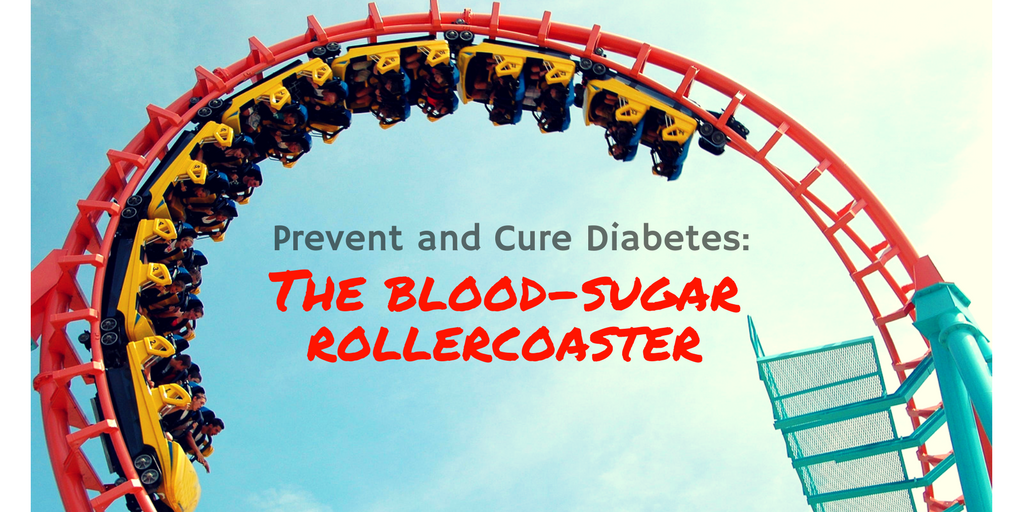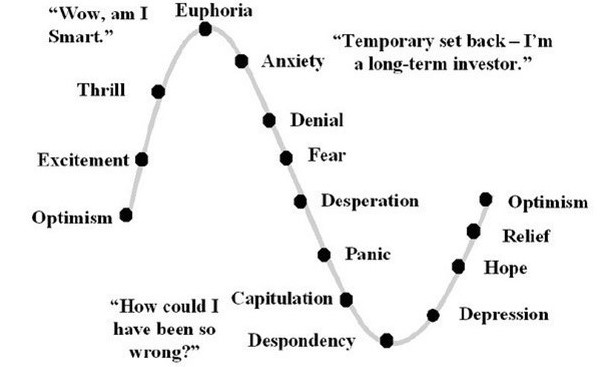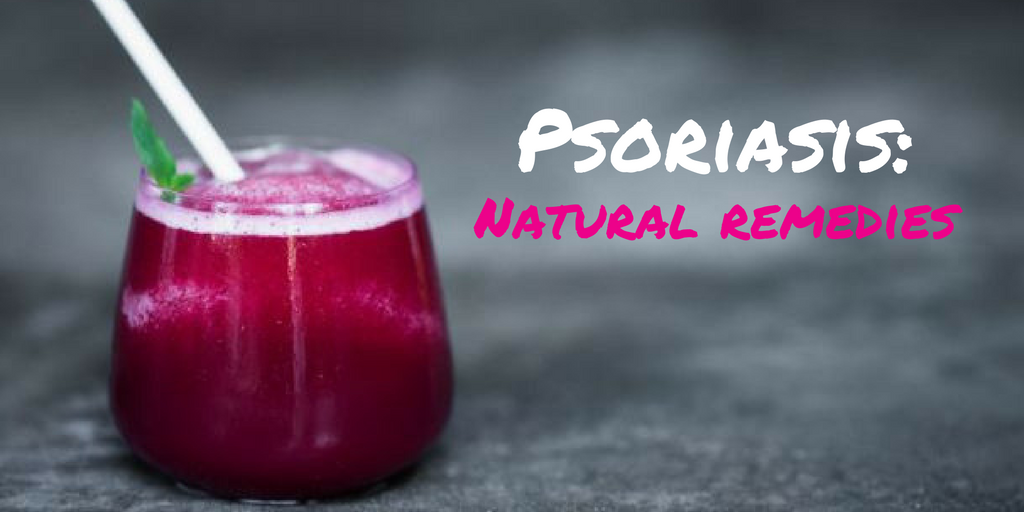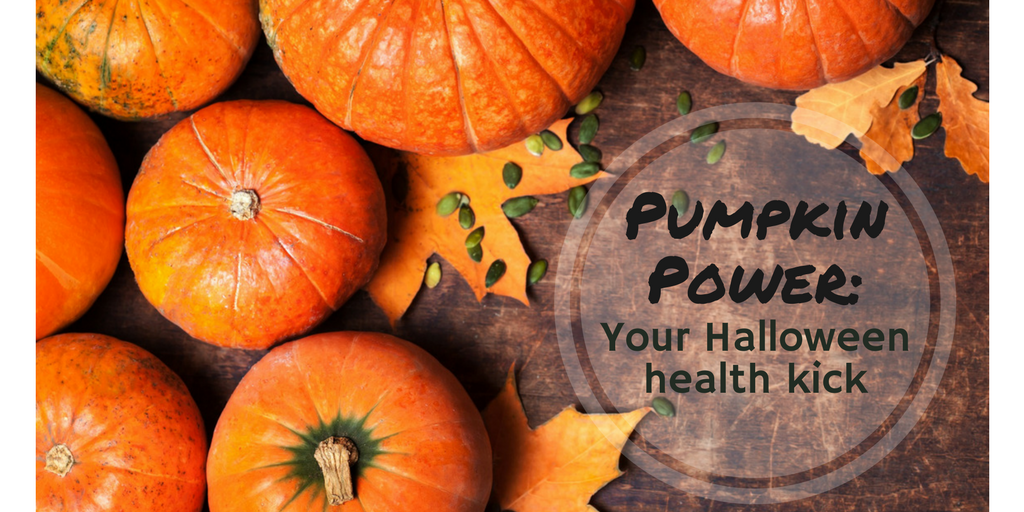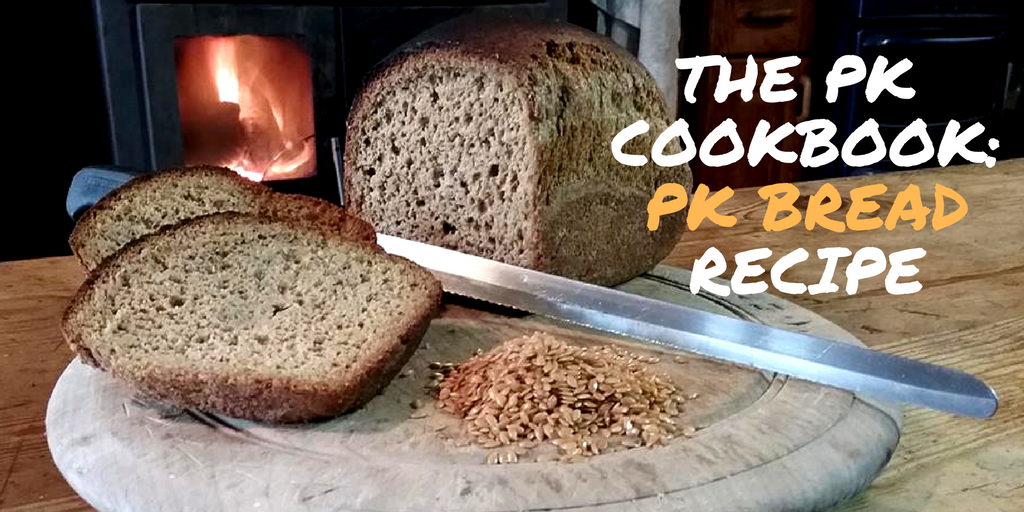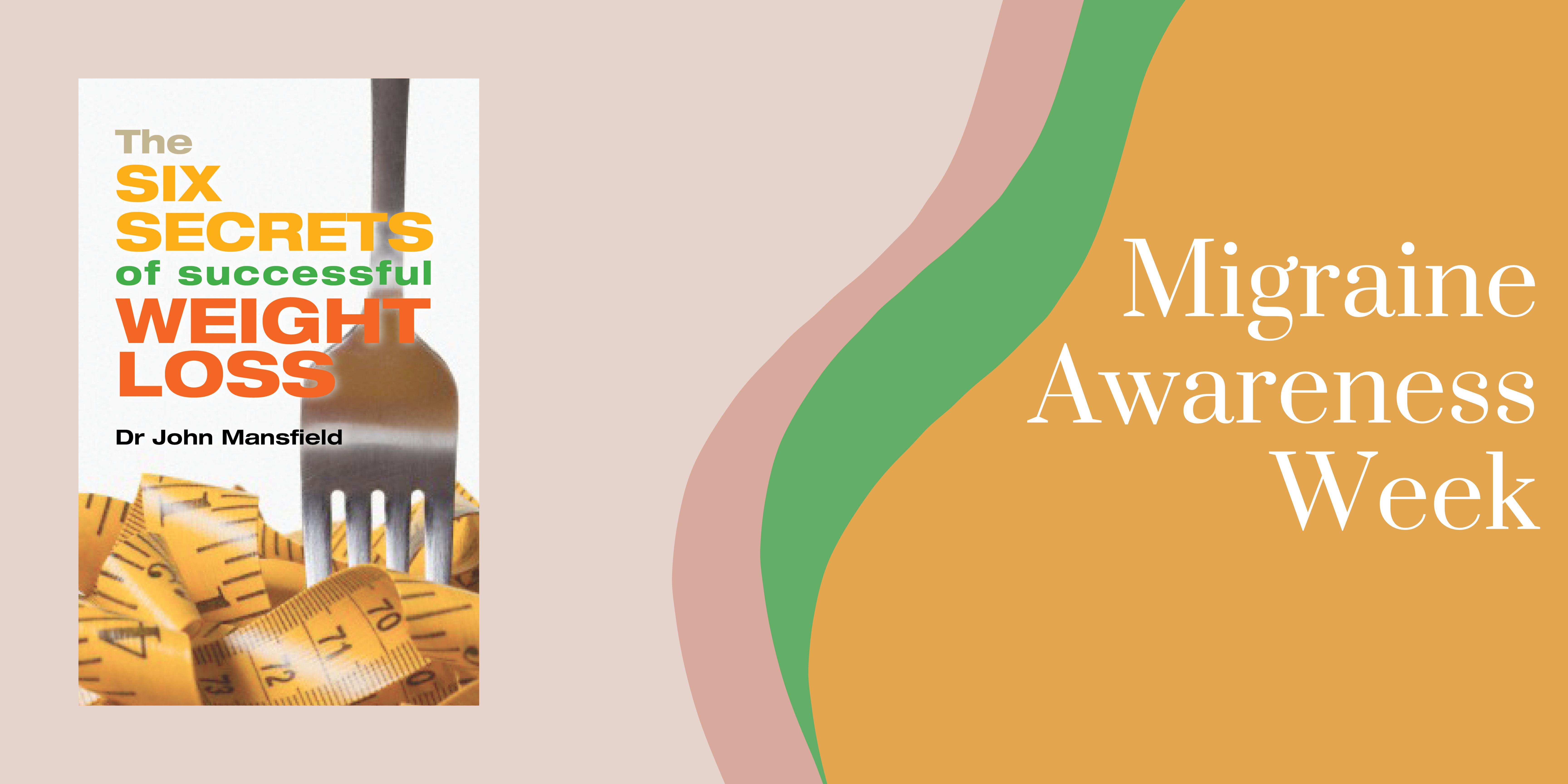
From the 5th to the 10th of September is Migraine Awareness Week so it is good to be reminded of helpful approaches to migraine relief from the recent past that may be overlooked in the face of current high tech innovation. Dr John Mansfield’s focus on food intolerance and his elimination diet (I say ‘his’ but he always credited others, including Dr Theron Randolph, with developing this first) were a life changer for me as his publisher as well as for his many patients, ending my ongoing, increasingly severe nauseous headaches.
Lancet study
John’s book, The Migraine Revolution (now sadly out of print) came out after he collaborated with Dr Ellen Grant of the Migraine Clinic Charing Cross Hospital in 1978, on a study of 60 patients with severe migraine, later published in the Lancet.1
His Hammersmith Health Books book ‘The Six Secrets of Successful Weight Loss’ contains insightful information and research on migraines and you can check this book out here. He wrote:
‘We put all patients in the trial onto my elimination diet as described in chapter 5. In 85% of these 60 patients, food sensitivity was discovered which, when addressed, resulted in all 85% losing their migraines. Fifteen out of the 60 patients had high blood pressure before starting the study, and all of these 15 found that, when they avoided the foods identified, their blood pressure returned to normal.’
The commonest foods found to cause a reaction were ‘wheat (78%), orange (65%), eggs (45%), tea and coffee (40% each), chocolate and milk (37% each), and corn, cane sugar and yeast (33% each)’. However, what is of overriding important is that these intolerances are completely individual. In my case the culprit was tap water, identified on Day 10 of the Elimination diet. Without his approach I wonder if I would have ever uncovered the culprit.
Case history: Jennifer T
In Six Secrets, John wrote:
Jennifer T was 29 years old when she first attended my clinic. She had been around 16 years old when she first noticed having some headaches, but by the time she was 20 her migraines had started in earnest about once a month. Soon after she started taking the contraceptive pill the migraines had become more frequent and severe. Having tried three separate brands she reluctantly gave up the pill and the migraines improved somewhat. When she was 25 she married and by this time her headaches had worsened and she was also experiencing bouts of depression and general fatigue. She had had her first child at 27 and had developed postnatal depression, but this had responded to one month’s treatment with antidepressants. However, her fatigue and migraines had become progressively worse, so her GP had tried various antidepressants, tranquilisers and migraine preventive drugs. These treatments had only had marginal benefits. Over these few years her figure, that she had been so proud of, had increased from 9 stone (57 kg) to over 11 stone (70 kg) (her height was 5 feet 6 inches (1.68 metres)).
Discussing her worsening problems with her excellent GP, he had mentioned that he had read details of several clinical trials performed at London Teaching Hospitals which had convincingly demonstrated that most migraines were caused by everyday foodstuffs (85% of adults in several studies and 93% of children in one study). She told her GP she had already tried omitting cheese, chocolate, citrus fruits and red wine – all to no avail. He explained that commonly eaten foods such as wheat, eggs, yeast and various sugars seemed to be the more likely foods causing the problem. The foods involved vary enormously between individual patients, so he referred her to my clinic.
Having taken a history from her I told her that her experience of increasing weight, migraine and fatigue was extremely suggestive of food sensitivity as her GP had rightly suspected. I put her on my standard elimination diet as with my other patients. She was warned that when she started this diet she would suffer a withdrawal reaction if her problems were indeed food sensitivity.
When she came to see me on the seventh day of the diet she ruefully confirmed that she had indeed had a severe migraine starting at lunchtime on the first day of the diet, being particularly intense in the evening of that day and all through the second day. The headache decreased in intensity on days three and four. The fatigue was also very bad on days two and three so she spent the second day of the diet in bed. After day four there was a noticeable improvement in her fatigue, but to her surprise she found that her muscles, particularly her thighs, buttocks and lower back ached as if she had flu. These symptoms are termed ‘withdrawal myalgia’ by doctors familiar with food sensitivity. These aches disappeared late on day five. When she saw me on day seven, her eyes were sparkling and she could hardly contain her enthusiasm for the changes that had occurred in her health. She had lost 7 lb (3 kg) in the six days of the diet and in the last 48 hours she had lost the puffiness in her face and all traces of her fatigue. In addition, her mind felt clearer than it had done for years. I told her she had had a classic withdrawal reaction and that food sensitivity was certainly the root cause of her problems, including the weight gain.
As with the other patients, she then gradually reintroduced one food at a time. She reacted adversely to wheat, corn, oats, rye and malt, but no other foods were incriminated. The reactions to these foods varied slightly, but basically consisted of recurrences of all her symptoms and an increase in weight. Despite these reactions, in less than two months her weight had decreased back to 9 stone by simply avoiding these foods.
As she found these foods are difficult to avoid permanently I offered her specific desensitisation as described in Chapter 6. She continued with this desensitising treatment for two years and managed to keep her weight at around 9 stone and had no trace of the headaches, fatigue or depression she once had had. I told her that after two years’ treatment she could probably discontinue it while still eating the offending foods providing she didn’t eat them in large quantities or daily. If she did eat the problem foods again in large quantities she would be likely to re-sensitise herself.
In my case I simply avoid drinking tap water, whether straight or in hot drinks, not knowing what the actual ingredient that causes the problem is. Boiled water is not the answer. Filtered water is not always OK, which can be a disastrous discovery, first with overwhelming sleepiness and then completely debilitating headache! Worst of all are swimming pools. Bottled water continues to be the answer despite the expense.
What may the problem foods be for you?
John wrote:
‘In migraine, although wheat is the most common, oranges would be at around position three or four. Only around 2% of migraine sufferers react only to cheese, chocolate, citrus fruits and red wine, contrary to popular belief. When you do the elimination diet, you will probably find that you react only to a handful of foods, and if you are lucky, just one or two. Occasionally someone will react to something obscure like pineapple or melon.’
Of course, in Dr Mansfield’s research with Dr Grant, 15% of migraine patients did NOT have a food intolerance as the root cause. Migraines are a complex phenomenon to which many factors may contribute. However, given the simplicity and other beneficial insights from doing his elimination diet (I also rid myself of anxiety, plantar fasciitis and recent unexplained weight increase) there is much to be gained by trying it out.
- Grant EC. Food allergies and migraine. Lancet 1979; 1(8123):
966-969. doi: 10.1016/s0140-6736(79)91735-5.
Migraine Awareness Week (5th – 10th September) is an annual initiative by The Migraine Trust which aims to provide support and care to those suffering with migraines. The causes of migraines and the best course of treatment can differ for every person and what works for some may not be as effective for others, so if you are struggling with migraines, make sure to consult your GP.

